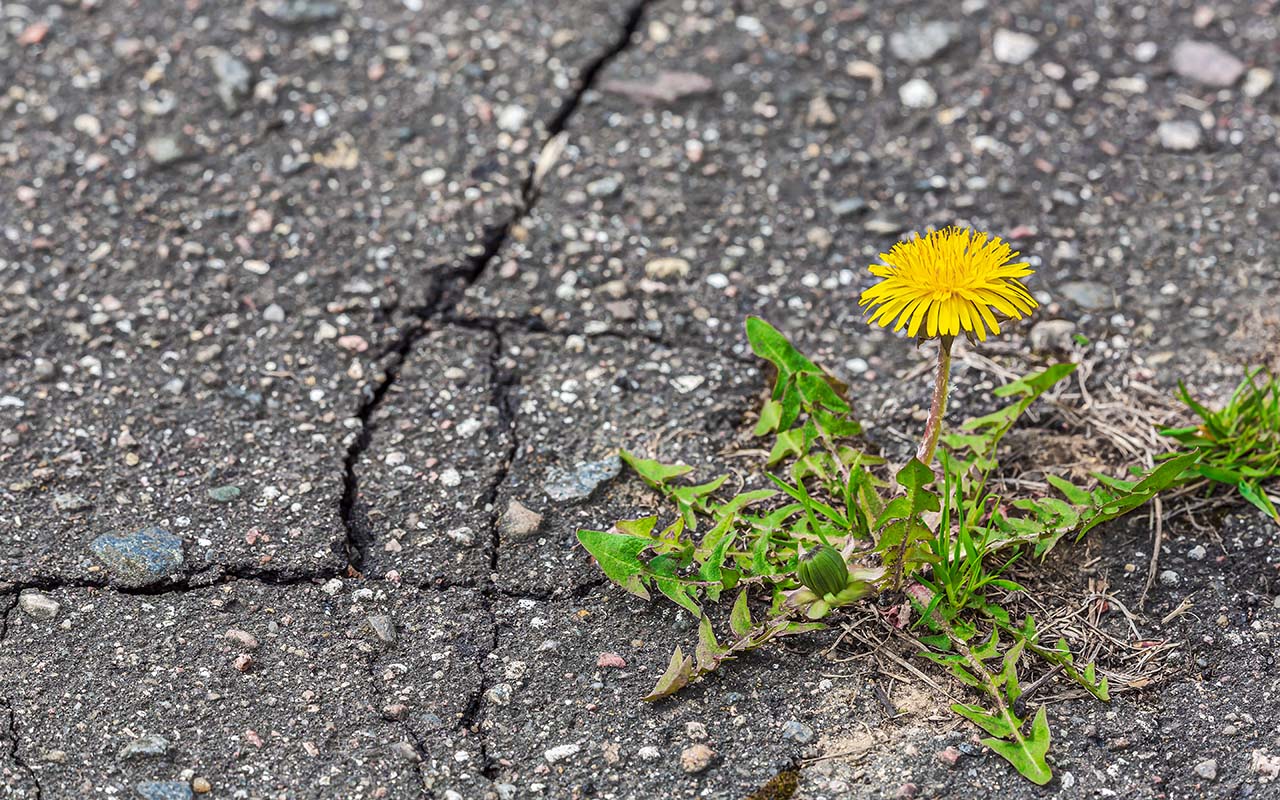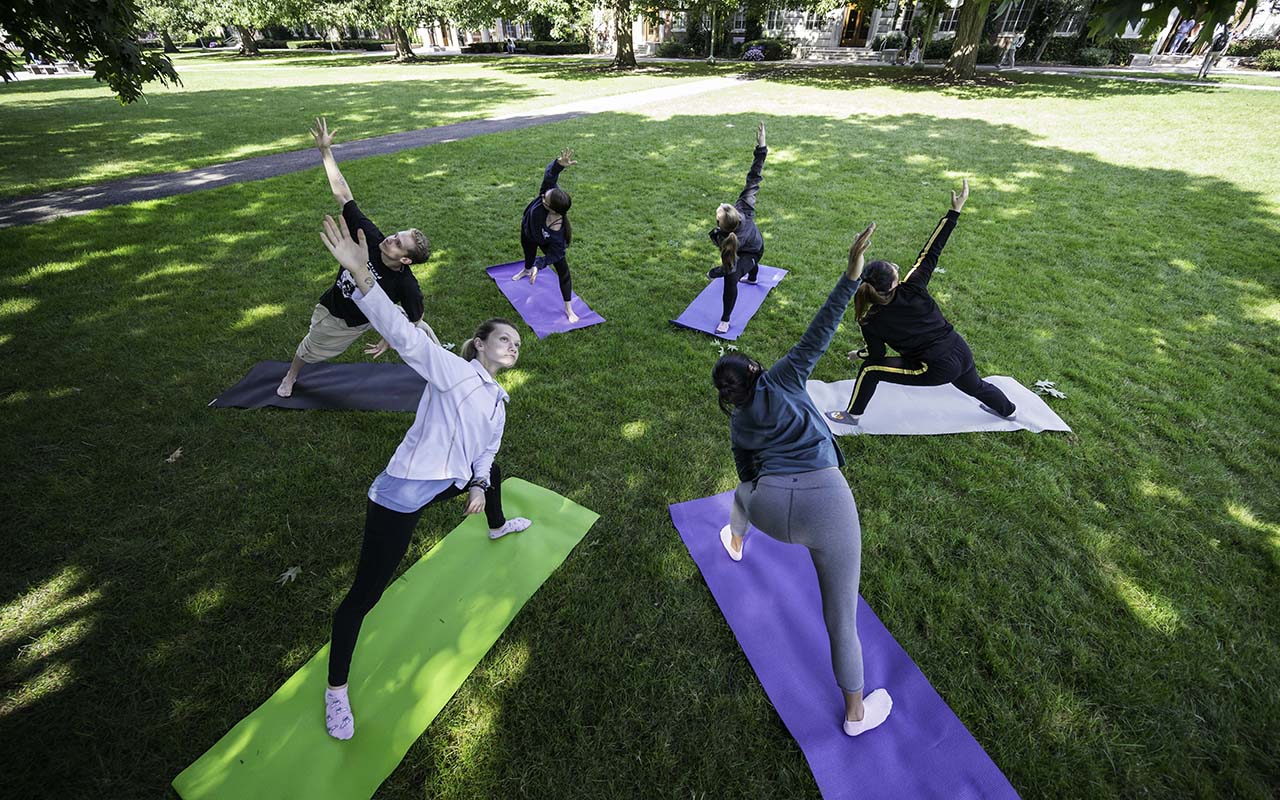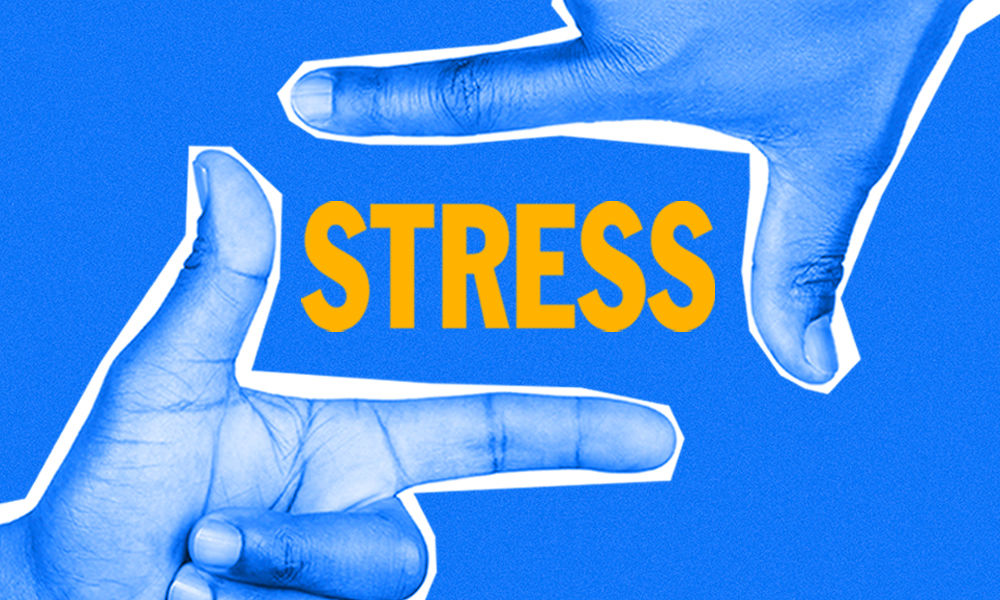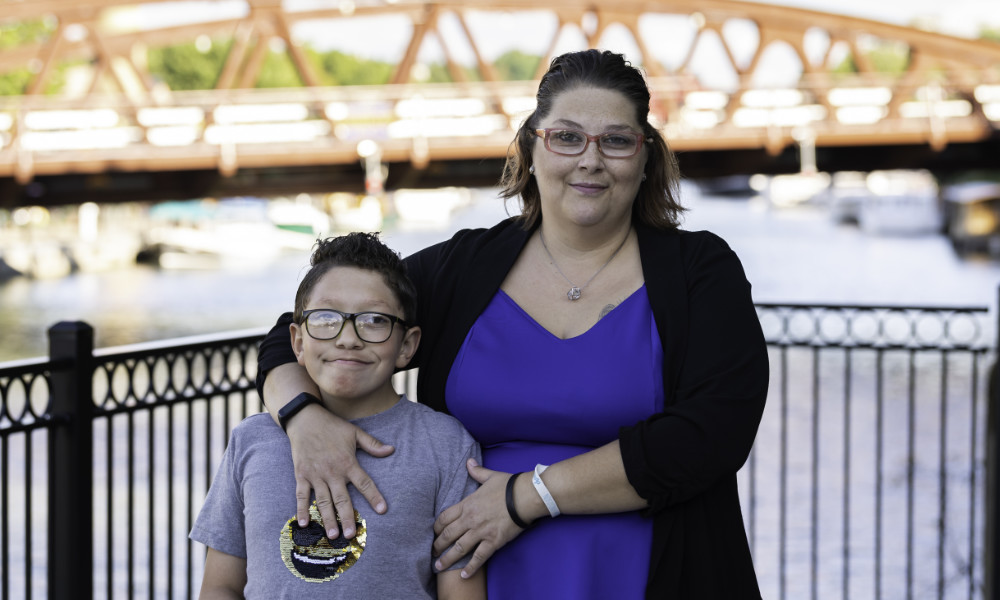Understanding stress and resilience from the inside out
By studying the effects of persistent stress, URochester researchers are shedding light on how to be more resilient.
It’s not uncommon to hear someone say, “I’m so stressed-out.”
A colleague may feel stressed about a hectic work schedule. A teen may be worried about a challenging assignment at school. A loved one may feel overwhelmed with family obligations.
According to the American Institute of Stress, 55 percent of Americans report feeling stressed during the day. Yet while everyone experiences stress, not everyone responds the same way. Some people buckle under pressure, while others seem to rebound more quickly.
At the University of Rochester, researchers are working to better understand stress and why some people recover from stress more easily than others—an ability known as resilience.
Stress: ‘A basic human condition’
“Everyone is affected by stress,” says Jennie Noll, a professor in the Department of Psychology at the University of Rochester and executive director of the Mt. Hope Family Center. “Stress is an adaptive response. It is a basic human condition.”
The body’s psychological, behavioral, and biological responses to stress can be beneficial. Stress responses can sharpen focus for an important presentation, for example, or prompt quick action to avoid danger.
Chronic and persistent stress, however, can have negative health implications.
“When stress is persistent or overwhelming, such as caring for a loved one with a chronic illness, experiencing the sudden loss of someone close, or being abused in childhood, it can increase vulnerability to disease and undermine overall well-being,” says Kathi Heffner, a professor at the University’s School of Nursing and the departments of psychiatry and medicine, and the associate chief of research in the School of Medicine and Dentistry’s Division of Geriatrics and Aging.
Heffner and Noll are co-leaders of the University of Rochester Resilience Research Center (UR³C). Using a transdisciplinary research approach, the Resilience Center examines stress and resilience on many levels, including physiological, psychological, and societal.
“By studying resilience, we’re studying how all of these different systems work together, individually and in conjunction, so that we can learn how to stave off some of the effects of stress on health,” says Noll.
Learning more about the biopsychosocial processes of stress and how it is expressed could also help to answer another important question: Why are some people more resilient than others?
What is stress?
Stress is the body’s natural reaction to a challenge, demand, or pressure.
When we encounter an obstacle or a threat—that is, a stressor—such as a looming deadline or unsafe interaction, the brain signals the body to prepare for action. The sympathetic nervous system kicks in, causing heart rate and blood pressure to rise, breathing to quicken, digestion to slow, and muscles to tense. At the same time, the adrenal glands release hormones such as adrenaline and cortisol, which mobilize energy, sharpen attention, and enhance short-term performance.

“This ‘fight-or-flight’ response is adaptive in the moment, helping us respond quickly to immediate challenges,” Heffner says. “For humans, our physiological systems evolved to help us survive threats, such as lions and tigers and bears, that we encountered when we were hunters and gatherers. We often do not need to fight or flee the stressors we encounter in our contemporary times. However, physiological responses remain the same today.”
When the stressor subsides or is removed, the body’s systems typically recover and return to baseline.
How can stress affect the body and brain?
When stress is persistent or chronic, it can greatly affect the health of adults and youth.
Multiple systems—among them, the cardiovascular, immune, metabolic, and neurological systems—can be affected simultaneously by chronic stress activation, which can modify the expressions of genes that regulate these systems.
“This leads to what scientists call biological embedding, where stress literally ‘gets under the skin’ and leaves lasting marks on the body and brain,” says Heffner. “This biological embedding of stress increases vulnerability to serious health conditions such as diabetes, heart disease, depression, and cognitive decline.”
Scientists are finding that chronic stress doesn’t just alter systems in the body as a whole; it also extends to the cellular level.
“Not only are we seeing how stress and chronic stress and the dysregulation of and over-activation of our stress system impacts our cell biology,” says Noll, “but also how our cells are actually aging faster when we’re under conditions of chronic stress.”
Chronic stress affects processes such as inflammation and oxidative stress and accelerates the shortening of telomeres—the protective caps at the ends of chromosomes that naturally shorten as we age.
“Over time, these biological effects can contribute to faster aging at the cellular level, increasing risk for disease and functional decline,” Heffner says.
What is resilience?
Resilience is the ability to recover from stress or adversity in ways that are better than expected, whether at the level of an individual, a community, or a system.
Researchers at the Resilience Center are exploring why some people bounce back from stress quickly and others do not, and how this could inform better stress management. Their work looks at how resilience can mitigate the stress response and whether people can be taught to regulate their stress response system before it starts to negatively impact health.

“It might be that some people are just born with a genetic predisposition that helps them fight off a dysregulated stress response system,” Noll says. “There might be people with very good immune systems that aren’t affected by stress in the same way as others. There might be others who have ways in which they’re motivated to make decisions that are healthier.”
The effects of stress on communities
Stress and resilience are not confined to individuals. Communities experience stress through neighborhood poverty, environmental threats, and community violence.
“This collective stress can raise health risks and limit opportunities across generations,” says Heffner.
There are several major markers of community and societal stress, including life expectancy at birth and life expectancy at age 40, according to Elaine Hill, the Dean’s Professor in the Department of Public Health Sciences and a professor in the Department of Economics and the Department of Obstetrics and Gynecology.
“For many decades, life expectancy was increasing in the US and then, starting around 2014, it started to decline,” Hill says. “The causes of death that explain the change are chronic conditions and mental health and substance abuse. Furthermore, the gap in life expectancy across neighborhood income has widened.”
Economists and policy scientists have identified reduced economic mobility (that is, the ability to change your economic status over time) as one of the causal factors that explain some community stress, adds Hill, who is the principal investigator at Rochester’s Health and Environmental Economics Lab (HEEL).
How can we build resilient communities?
Building resilience is possible not only for individuals but also for entire communities and societies.
“Policy can target identified root causes of stress,” says Hill. “Policy can influence community resilience by investing in infrastructure, including shaping the built environment, and by providing resources to strengthen social safety nets, education systems, and health systems.”
Increasing access to mental health services, promoting primary prevention of disease, and providing respite for caretakers of children and older adults are examples of policies that can promote community resilience, according to Knoll.
The Resilience Center brings together basic, social, and clinical science experts in stress and biopsychosocial research to study resilient ecosystems and to uncover clues about how these systems work together to promote resilient societies.
“It’s hard to imagine a world without stress and trauma,” says Noll. “Our world is changing rapidly around us, even as we speak. But I like to imagine a world where everyone has the possibility of reaching their full potential, even in the face of a world that has so many challenges.”
Tips for stress management and building resilience

According to Heffner, here are a few steps you can take to mitigate stress:
- Small resets: Even a few minutes of deep breathing, mindfulness, or stepping outside helps the body reset.
- Movement: Physical activity reliably reduces stress and builds resilience.
- Connection: Supportive relationships are one of the strongest buffers against stress. Even brief moments of pleasant engagement with other people can increase feelings of connection and reduce loneliness, and bolster stress resilience.
- Rest: Prioritizing restorative sleep strengthens the body’s defenses.
- Perspective: Reframing challenges and focusing on what is within our control can turn stress into an opportunity for growth.



